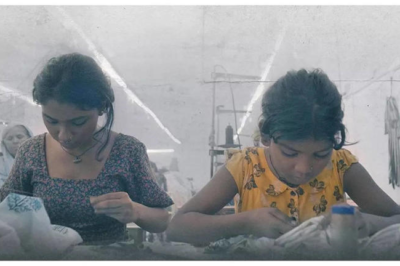
In an intriguing study published in the “Proceedings of the National Academy of Sciences” (PNAS), scientists have made a startling discovery in the radiation-scarred landscape of Chernobyl. Small nematodes, thriving in the high-radiation environment of the Chernobyl disaster zone, have shown an unexpected resilience by exhibiting negligible DNA damage. This finding emerges from the shadow of the 1986 catastrophe that rendered the area one of the most radioactive places on Earth, a status it maintains over three decades later. Despite the human exodus, the Chernobyl Exclusion Zone, spanning 2,600 square kilometers around the defunct power plant, has become a living laboratory for a diverse array of life.
The study, spearheaded by Sophia Tintori’s team at New York University in collaboration with Ukrainian researchers, focused on the nematodes inhabiting the zone. These creatures, noted for their simplicity and rapid life cycles, have piqued scientific curiosity regarding their genetic and physical responses to the lingering radiation.
Matthew Rockman, a professor of biology at New York University and the study’s lead author, marveled at the nematodes’ endurance, stating, “These worms live everywhere and live fast, so they go through dozens of generations of evolution before a typical vertebrate reaches sexual maturity.” The team’s research involved sequencing the genomes of 15 Chernobyl nematodes and comparing them with counterparts from less contaminated regions. Surprisingly, the analysis revealed no significant radiation-induced genetic damage.
However, Tintori warns against misinterpreting these findings as a testament to the safety of the Chernobyl area. Instead, she emphasizes the extraordinary toughness of these nematodes and the ongoing mystery of their prolonged exposure to radiation.
This groundbreaking research not only highlights the incredible adaptability of life under extreme conditions but also opens doors to understanding the mechanisms behind DNA repair and resilience. Tintori suggests that exploring different strains of O. tipulae, the species under study, could shed light on why some humans are more vulnerable to carcinogens than others, potentially unraveling the complexities of natural variation in human genetics.






































Leave a Reply